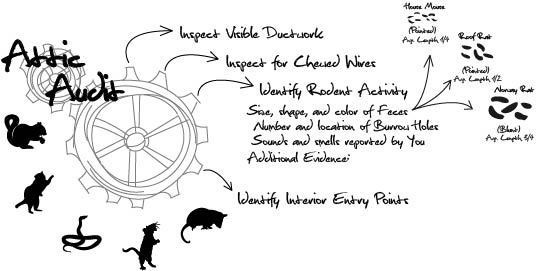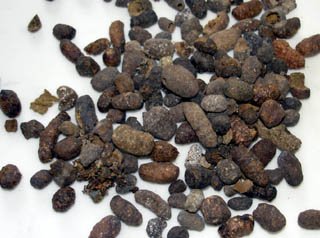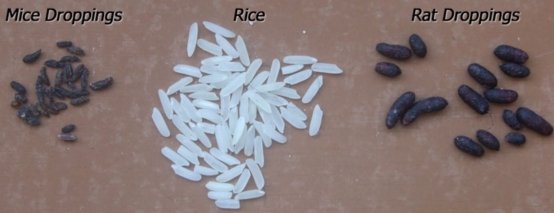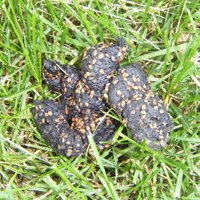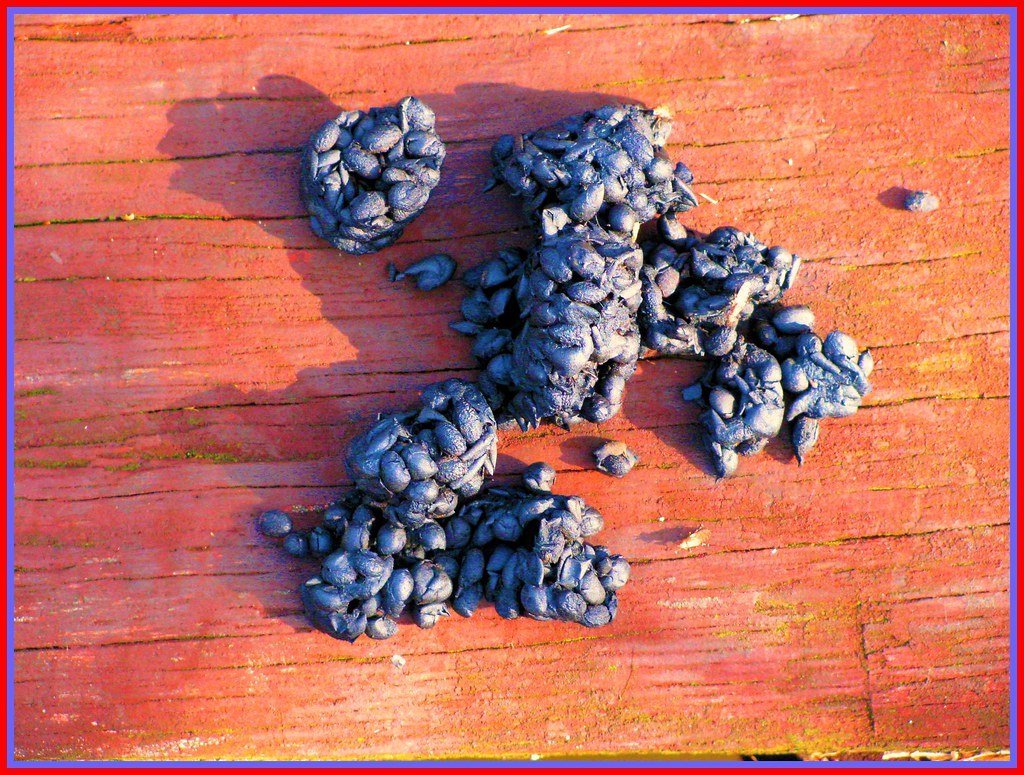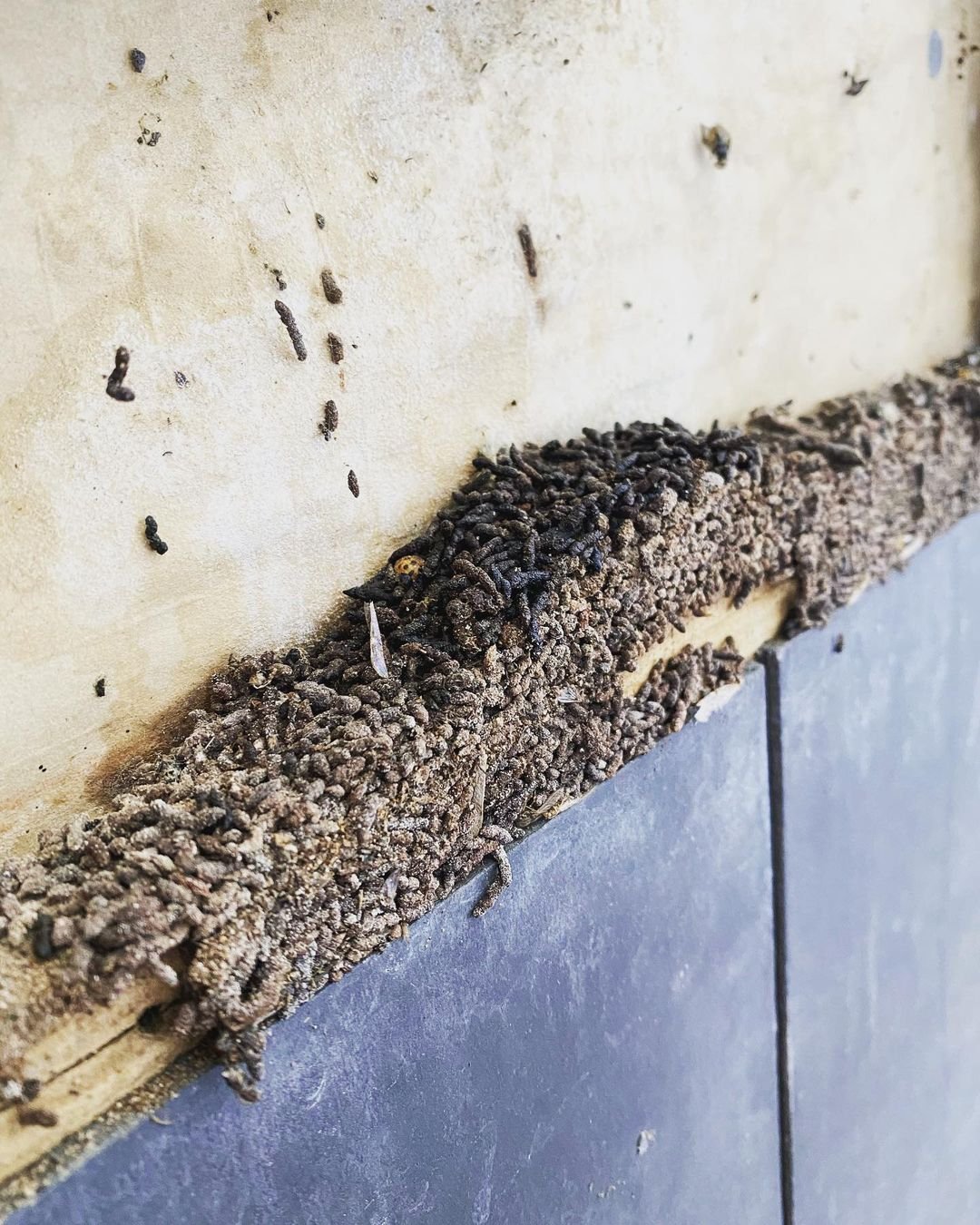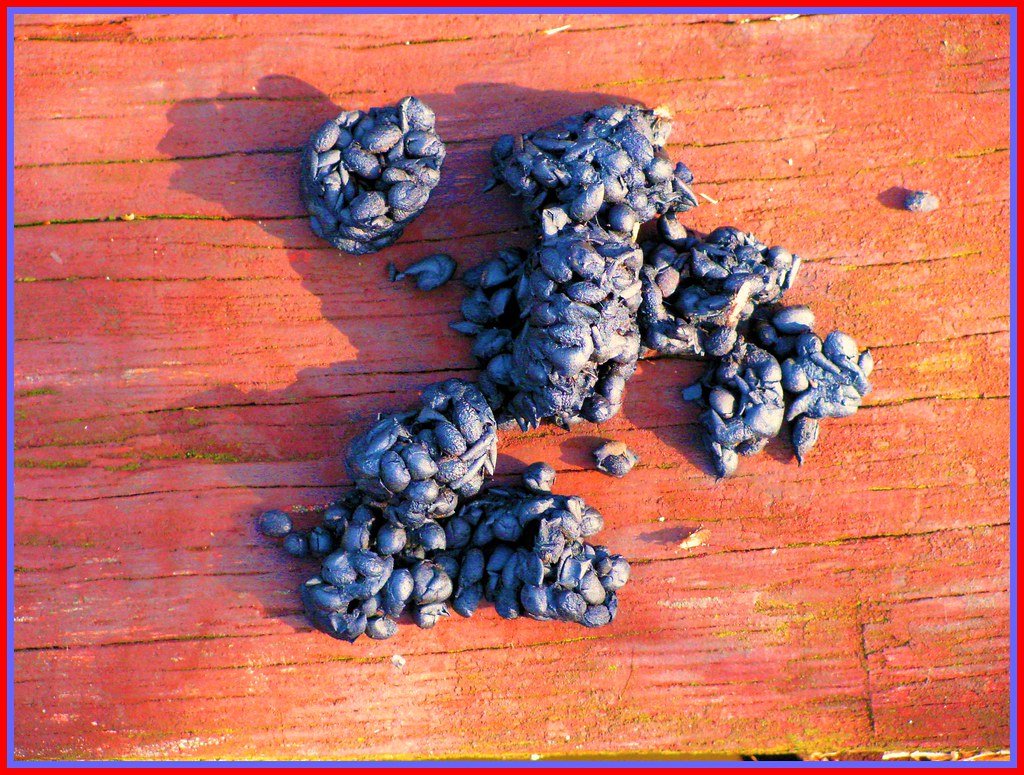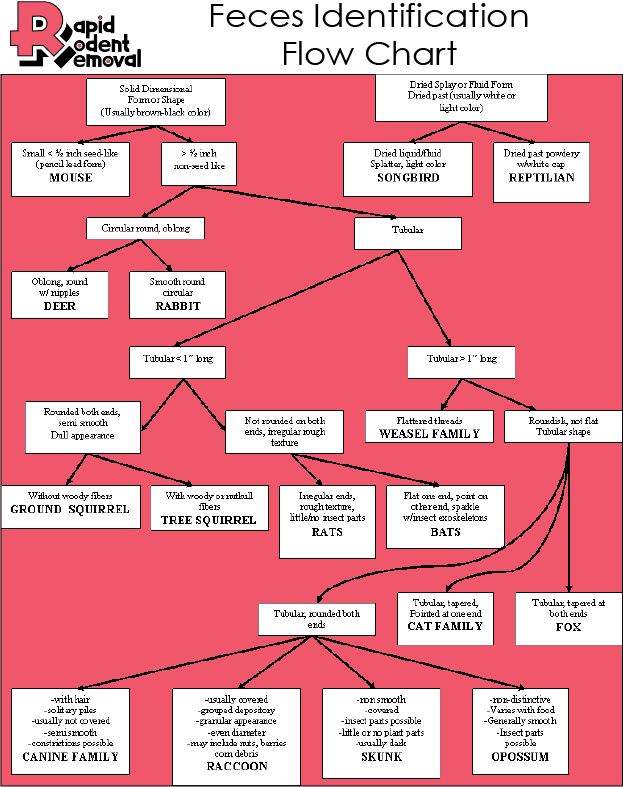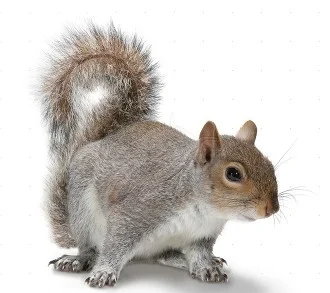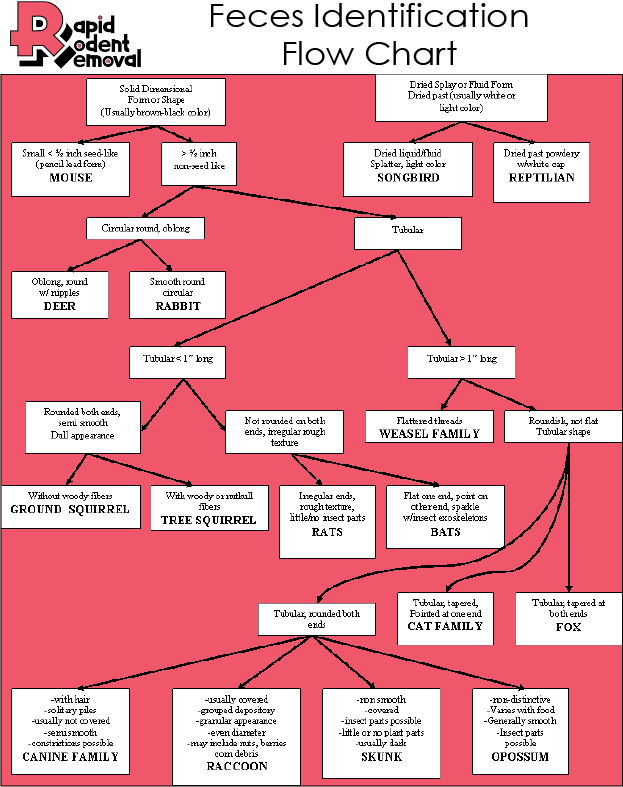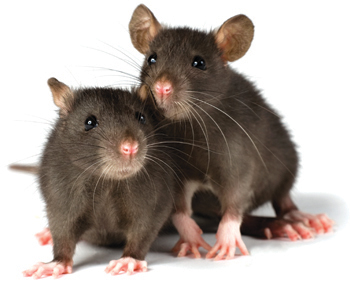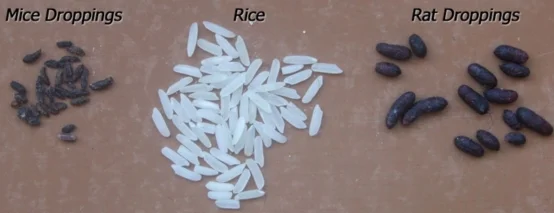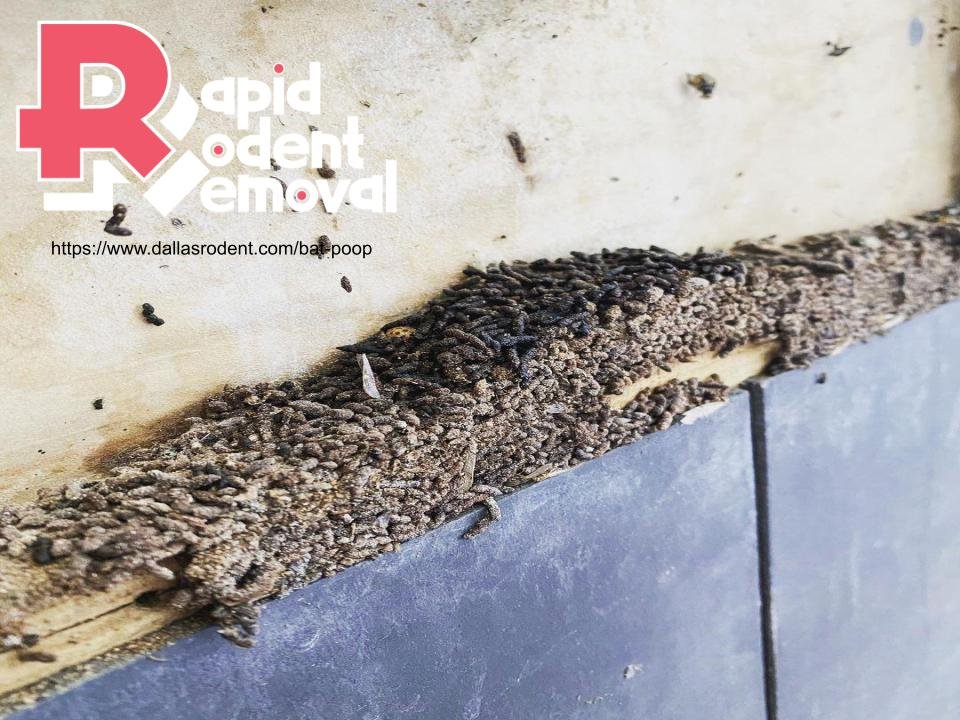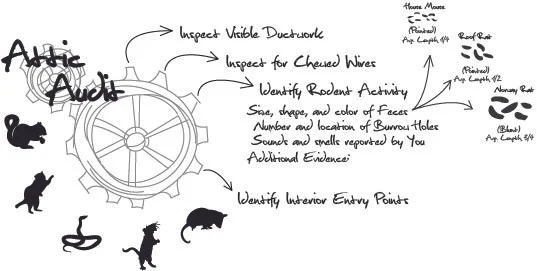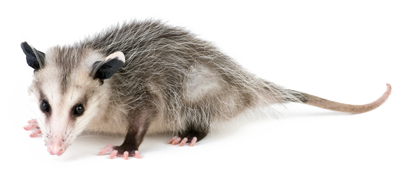Animal Poop Identification
everything that eats poops
We at rapid Rodent Removal want you to know :
While there are many types of animal scat, or feces you can find if you go looking , were only concerned with what can be found around your house, or in your back yard, since we mostly deal with How to get rid of rats, or the many types of rats and animal in attic problems common to alot of residential homes, so identifying animals by what they leave behind, or where they are potentially hiding or building nest (rat nest / squirrel nest ). We also suggest you read “Signs of rats in house” if your looking for more information,
What to Do If Droppings Are Found
If you find rat poop, squirrel poop, raccoon poop, opossum poop, or snake poop in or any animal droppings in or around your home, it’s an indicator that you may have an infestation, or at the very least, some frequent and unwanted visitors. Start by collecting and putting away all food, including pet food, in secure containers. After that, thoroughly clean and disinfect floors and counters.
Before cleanup can begin, make sure you take care of any active infestations. Set traps and seal up any entryways where rats can enter (which include any openings the size of a quarter and larger). The Centers for Disease Control (CDC) suggests that you continue trapping for a week after sealing off your home; once the amount of snared rodents decreases to zero then the infestation has been eliminated and the area is no longer infectious.
HOW TO CLEAN UP ANIMAL POOP
When you are confident that your visitors are gone, follow these steps for safe clean up:
Open doors to ventilate and air out the space for at least 30 minutes before you begin.
Wear heavy latex gloves (never touch or handle rodent feces with your bare hands).
Spray the urine/droppings with a disinfectant and let soak for five minutes (do not sweep or vacuum droppings).
Clean up droppings with a paper towel and dispose of them in an airtight bag.
Disinfect the entire area, including any contaminated items.
Steam clean any fabric of upholstered items such as rugs, furniture, or draperies that are in the vicinity and wash cloth items in detergent and hot water.
Thoroughly wash your hands once cleanup is complete.
ANIMAL POOP PICTURES
1 . Squirrel Poop 2. Rat vs Mouse Poop 3. Raccoon Poop. 4. Raccoon Poop 5. Opossum Poop 6. Bat Poop
In an attempt to remind customers that Rapid Rodent Removal are also roofers, we have also made a table of contents with all of our information about rats , mouse , squirrels and Roofing , Roof Repair , Roof Replacement (articles & blog) stemming from to all about Rat poop , Mouse poop , Squirrel poop or Raccoon poop in Your Home & or Rats in Attic, to Roofing Contractors to Rodent Control.
Animal Poop links
What does rat poop look like ?
What does mouse poop look like ?
What does squirrel poop look like ?
What does raccoon poop look like ?
What does opossum poop look like ?
What does bat poop look like ?

